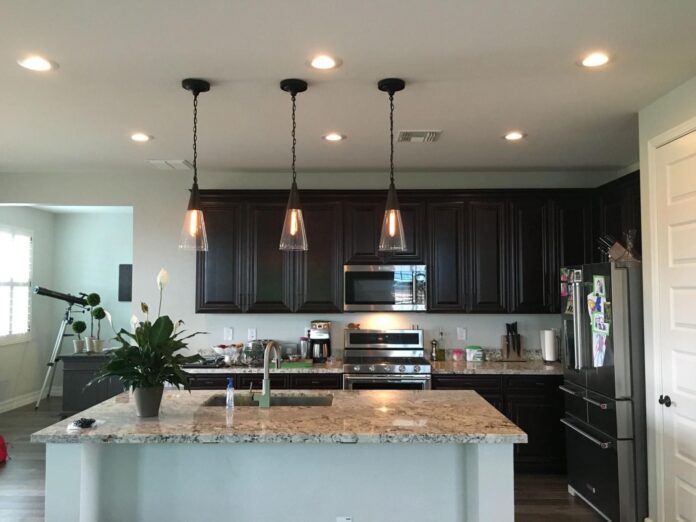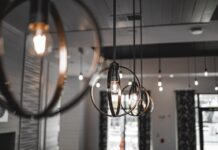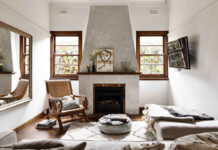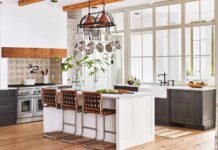Kitchens are a very integral part of homes. Almost conveniently they are present everywhere but as a part of your home layout they hold a lot of significance. The lighting layout of kitchens plays a significant role in the overall decorative aspects of the house.
In most renovations, lighting contractors prefer the use of recessed light fixtures and rightly so for the number of benefits and experimental layouts one can achieve with these.
What are recessed lights?
Recessed lights are the most popular modern day ceiling light-fixtures, commonly known as pot lights or can lights; these lighting-fixtures got their name from their design and the way they function. A pot/recessed light-fixture has a housing which basically is the core of this fixture as it holds all the electrical components and sits inside the ceiling.
A recessed light-fixture is discreet, stylish and works as a downlight. Basically as the fixture sits in the ceiling it throws the light downwards. This can be altered easily by using trims. The trims are the outermost part of the fixture and they describe the direction of light. Having zero face-value the trims determine the amount of light which illuminates any space.
Traditionally halogen lamps were used which wasn’t very successful as the lamp needs to be super bright and efficient enough to maintain the luminous efficacy. Halogen lamps tend to overheat and consume a lot of energy which becomes a huge issue as these light-fixtures tend to sit inside the ceiling and require a proper vent system.
Over the years recessed lighting fixtures have evolved to suit the various requirements of different spaces and specifically kitchens as they are usually heat prone areas. The recessed light’s housing is available in different specifications which are mainly categorised as either IC rated ( insulation contact) or NON-IC rated.
The different types of housings are:
- Airtight housing
- Remodel housing
- Sloped ceiling housing etc.
With retrofit or remodel housings usually the entire kit is available and it just fixes with the joists within the ceiling. The housing determines the lifespan of the fixture with proper functioning.
LED recessed light-fixtures are now quite popular in the market due to their ability to blend in and create a layout specific to the customer’s choice at low costs and maintenance.
Choosing recessed light fixtures for your kitchen
First and foremost, there is a variety of pot-light fixtures available in the market by many different lighting manufacturers. It becomes an entirely different task choosing the most fitting fixture for your needs. Here’s a guide featuring almost all facts and practical considerations surrounding the installation of pot light-fixtures anywhere in homes.
Essentially here are a few steps which focuses on choosing recessed light-fixtures for kitchen:
1. Assess the space
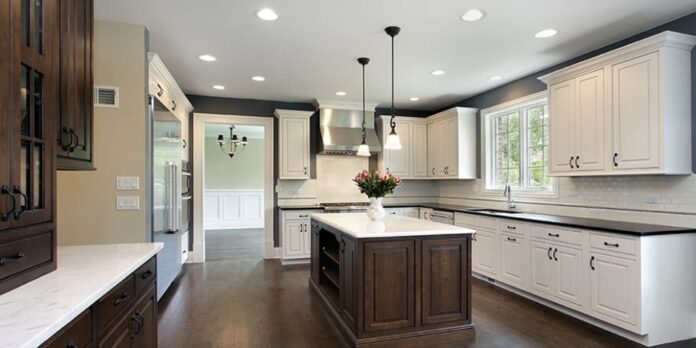
It is important to consider how recessed light-fixtures allow a very little window of retraction in case anything goes bad. Assess the kitchen space, locate the areas which require specific detail or attention. Check to see if the recessed-light fixtures are pairable with existing light fixtures as they are highly versatile and almost blend into any setting. It is easier to incorporate recessed lights with an existing layout.
2. Create a layout
This is a necessary step, creating a layout is essential because it saves up the trouble of ending up purchasing too many fixtures or too little. It calculates the appropriate amount of lighting which illuminates, accentuates or floods the area with lights. To avoid any unnecessary trouble with assembling and installing the fixtures it is essential to create a plan respective of your space.
3. Steps to create a layout
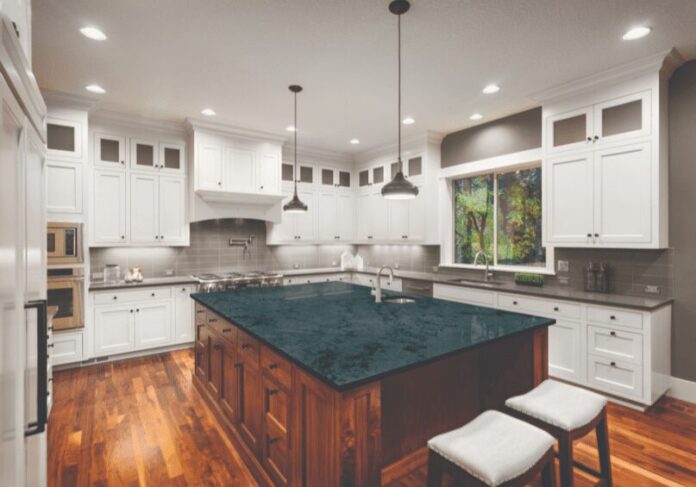
The basic steps to create a lighting layout are:
- Measuring the area of the kitchen
- Measuring the ceiling height of the kitchen
These basic steps determine whether recessed light fixtures are suitable or not as they best function in spaces with ceiling heights ranging from 8 to 15 feet. These steps help in determining the next approach which is:
- Total lumen requirement
- Sizing of the fixtures
- Spacing of the light fixtures
Now this approach aspects the beneficial use of recessed lights in any indoor space. The total lumen requirement helps with calculating the lumen requirement per fixture while the spacing is done based on the ceiling height and area of the room. For example, in a 16 x 16 room with 8 foot high ceiling the fixture size can range from 2-4 inches depending on the number of the fixtures. The distancing between each fixture is equivalent to the diameter of the fixture that is 2-4 feet.
4. Choosing LED recessed light fixtures
Once the layout is complete it is easier to know which lamp complies with it. Lighting contractors suggest the use of LED recessed lights as they have their brightness measured in lumens as well as they have different correlated colour temperature ratings. The CCT allows the light to blend in the surroundings or create soothing, inviting ambience.
Moreover LED recessed lights are durable, energy efficient and longer lasting than every traditional lamp and covers the most basic lighting requirements.
5. Selecting the lighting design
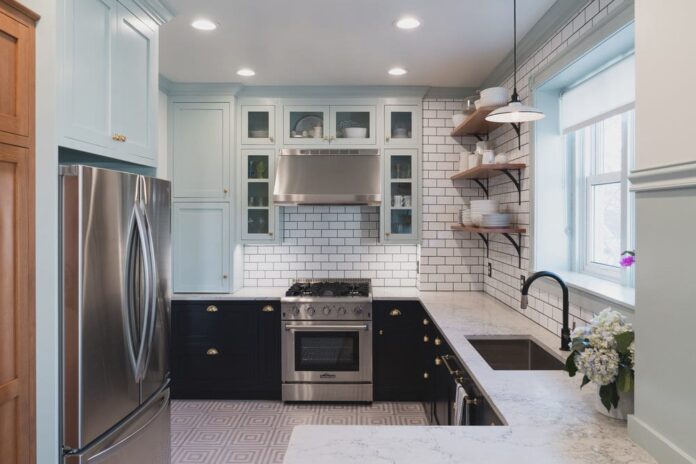
The lighting design is a matter of choice and the layout. The trim of a recessed light fixture determines how this can play out in a contemporary setting. The trim directs the light out of the fixture as it controls the amount, quality and direction of light leaving the fixture. Different trim designs aspect different layouts such as:
- Open trim and baffle trim: are for downlighting or general lighting. These trims do not block any light.
- Eyeball trim and Gimbal trim: are for accent lighting or flooding a specific wall with light. These trims highlight specific areas or corners which require more light than normal.
- Pin-hole trim: is for task lighting or spot lighting. This trim creates a spot lighting effect depending on the diameter of the pinhole.
In conclusion, these light fixtures are not generic. They are although quite subtle with their design profile but creates a lot of room for experimentation and can function both independently as well as with other light fixtures within the same space. They blend in to create various lighting layers, this is an effective quality of recess lights as they create more overhead space, creates a declutter look and adds depth to the overall lighting layout.

